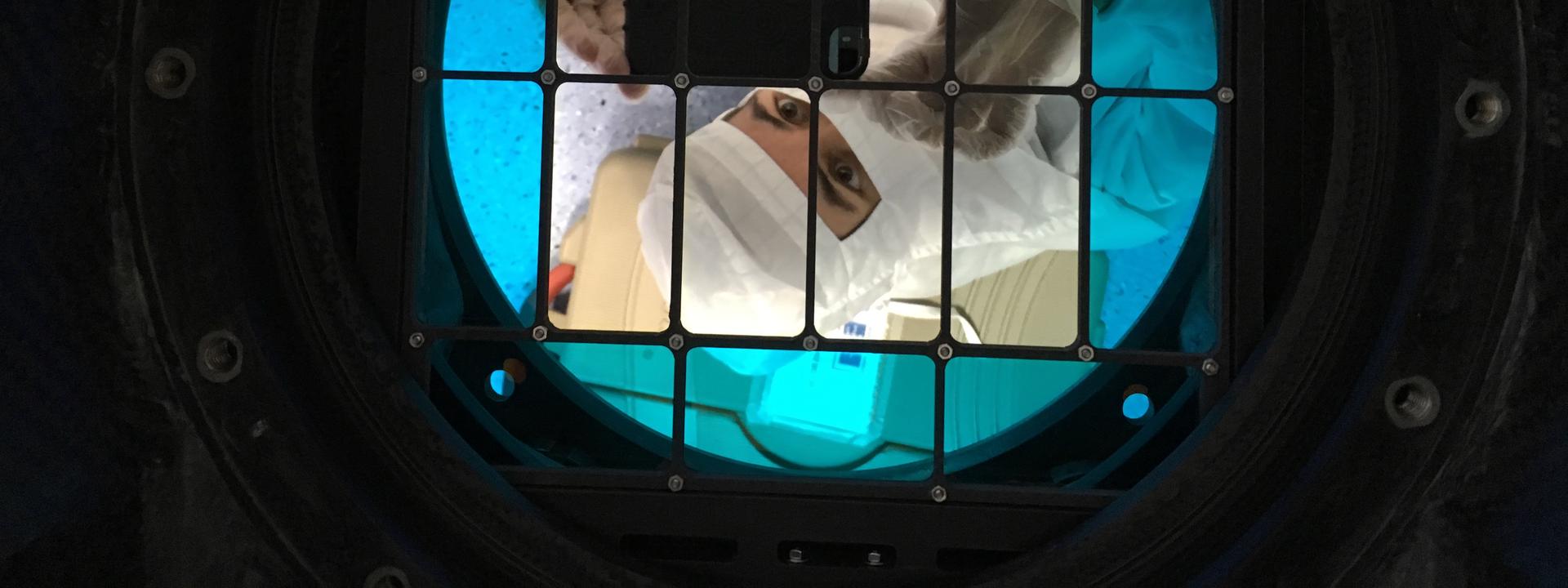
Instrumentation R&D
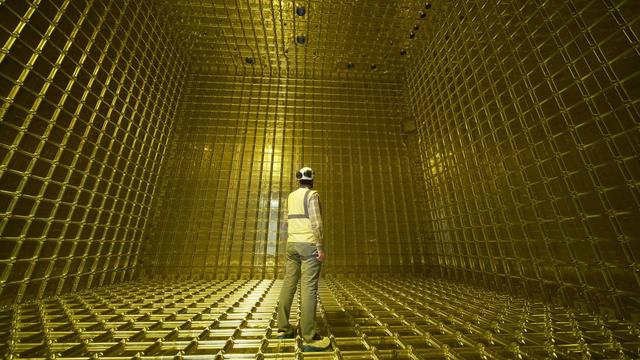
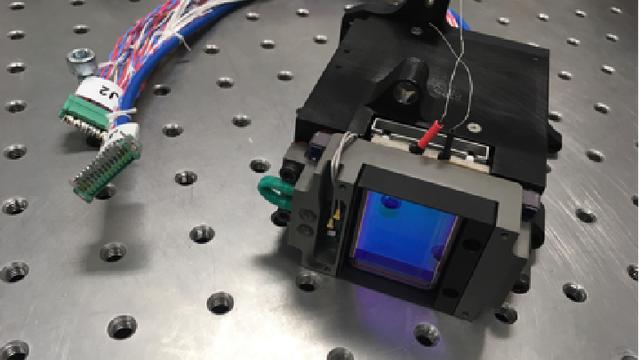
DESI
Guiding, Focusing & Alignment Cameras for DESI
Observational Cosmology GroupThe Guiding, Focusing and Alignment system (GFA) is made up of 10 cameras, each of them installed in one of the focal plane petals of the instrument which, and as its name indicates, are in charge of focusing, guiding and aligning the telescope so that the robotic positioners can collect the light from the galaxies under optimum conditions.
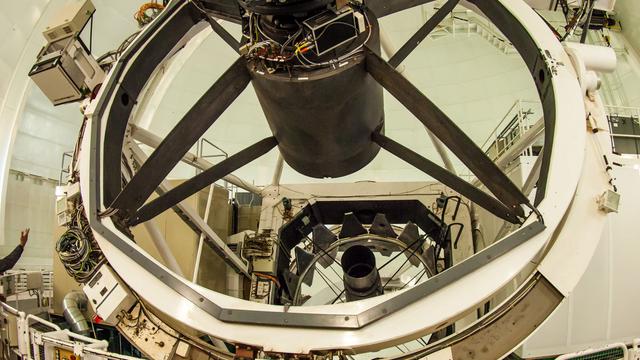
PAU
PAUCam
Observational Cosmology GroupIFAE led the construction of the innovative PAU astronomical camera, PAUCam, that operates as a Visitor’s Instrument at the prime focus of the William Herschel Telescope (WHT) in the Canary Island of La Palma. The distinctive feature of PAUS is the ability to measure redshift of galaxies by photometric methods, with roughly an order of magnitude higher accuracy than that provided by other past and existing photometric surveys.
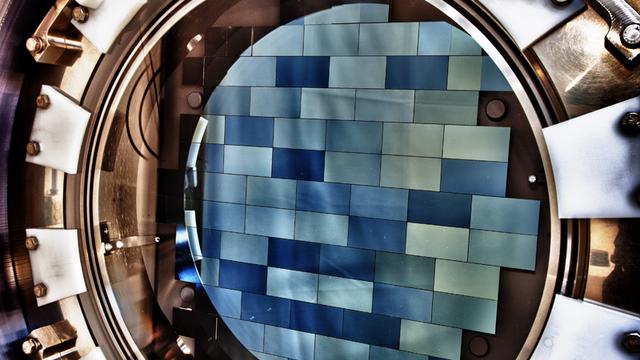
DES
Dark Energy Camera (DECam)
Observational Cosmology GroupThe Dark Energy Camera (DECam) is mounted on the Victor M. Blanco 4-meter Telescope at the Cerro Tololo Inter-American Observatory (CTIO) in the Chilean Andes. IFAE led the development and production of the read-out electronics for the DECam, the leading astronomical camera at the time (2012).
ATLAS
3D silicon pixel sensors for ATLAS
Collider Physics GroupIFAE in collaboration with CNM led the development of the ultra-radiation-hard 3D silicon pixel sensors for ATLAS. IFAE provided 3D sensors for the innermost pixel layer (IBL) and constructed the first stations for the ATLAS Forward Protons (AFP) tracking system.
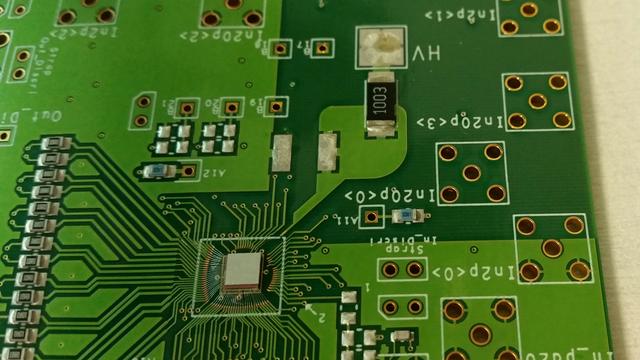
CMOS Monolithic Devices
Medical Physics GroupHV-CMOS sensors are being investigated for medical applications at IFAE. In particular, for single photon detection, with the aim to overcome the shortcomings of present technologies in terms of detection efficiency, time resolution, design geometry and cost effectiveness.
